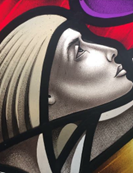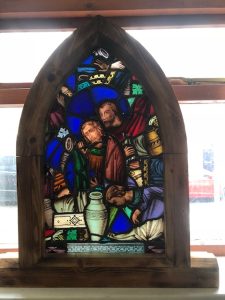Modern Stained Glass Tools and Leaded Glass Tools
Creating beautiful stained and leaded glass pieces is a rewarding craft that requires appropriate Stained Glass and Leaded Glass tools. To discover how to make your own stained glass and leaded lights, you must make necessary investments and seek appropriate training. We recommend taking practical training before purchasing tools for yourself because the investment can be costly.
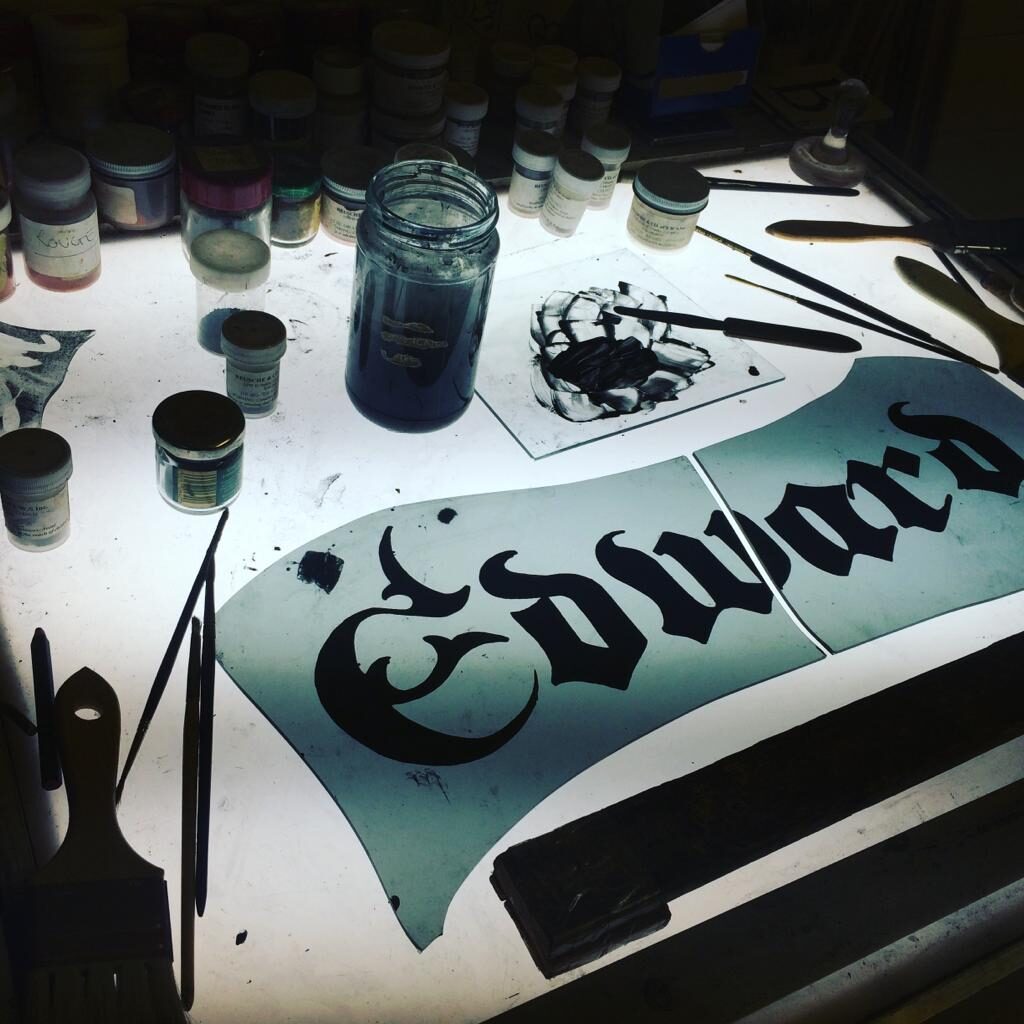
Craftworks Heritage offers a range of classes and activities to help you start working on your stained glass DIY projects. Our knowledgeable teachers will guide you through the process of selecting the appropriate tools and materials. And provide hands-on training to ensure you can safely and efficiently create your own stained glass works. We offer classes for students of all levels. From beginners to experts, to assist you in honing your skills and creating intricate and lovely designs.
When selecting the tools and supplies for your stained glass projects, we recommend investing in the high-quality tools. Continue reading to view our recommended list of tools. We can also provide advice on the best suppliers for your do-it-yourself stained and leaded glass projects.
Stained Glass & Leaded Glass Techniques
Copper Foil Leaded Glass
involves wrapping a tiny strip of copper foil tape around the edges of the glass pieces, which are then joined by soldering along their seams to create a solid and long-lasting bond. Copper foil is perfect for producing delicate designs and small pieces since the tape is flexible. And it can be readily manipulated to match the curvature of the glass. This method is frequently employed for lampshades, suncatchers, and other small decorative items, whether a large window or a small ornament is what you want to create.
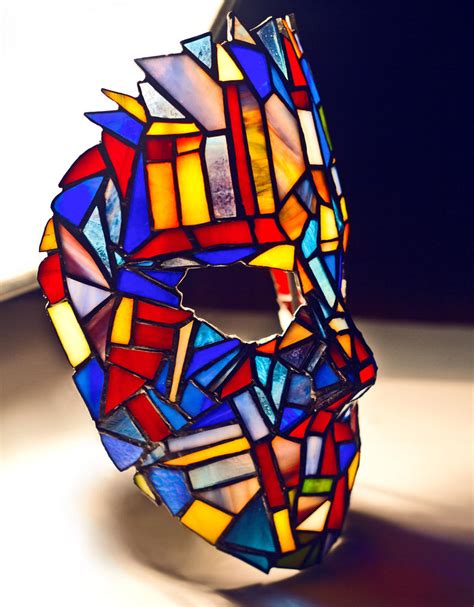
Lead Came Glass
Lead came involves holding the panes of glass together with H-shaped lead strips, which are trimmed to fit the shape of the glass pieces, and then the joins are soldered. This technique works better for larger, more substantial items like windows or doors, as the lead strips are sturdy and support the glass, allowing you to build larger, heavier works.
Both processes require similar equipment, such as lead strips of various diameters for lead came, while copper foil requires the use of copper foil tape. It is important to remember that using lead requires more advanced skills and knowledge: Because if you use it improperly, lead can be deadly.
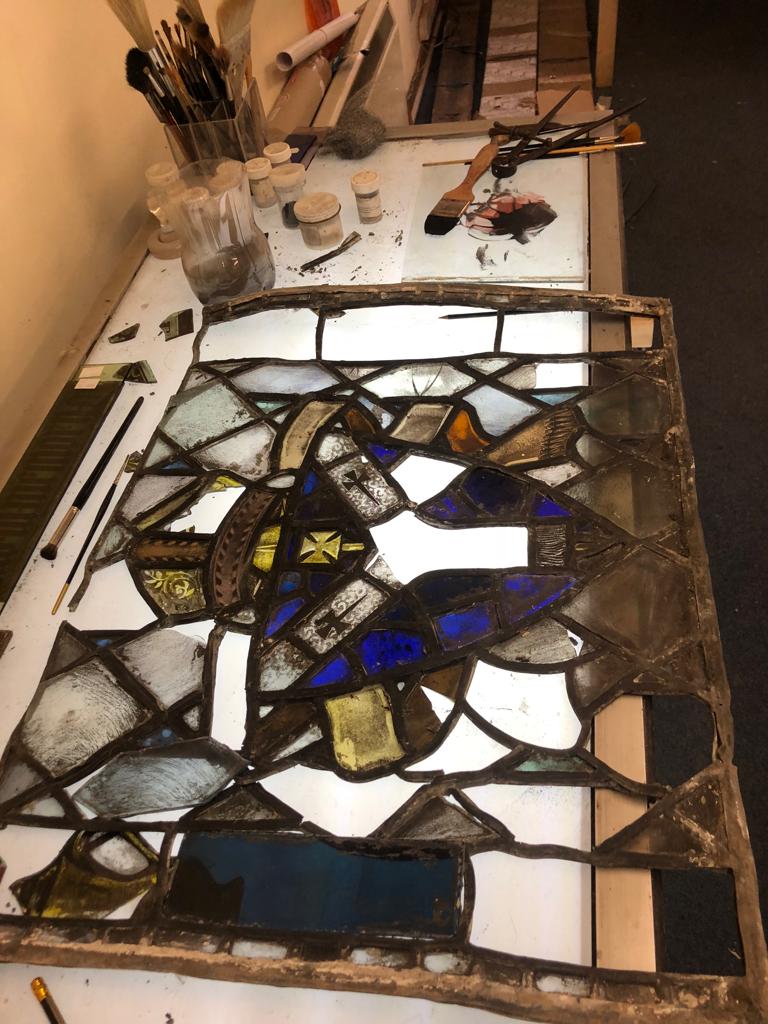

Leaded Glass Tools
Here is a list of necessary supplies to help you get started:
- Glass cutter: Necessary for you cutting glass, the glass cutter can be used to cut glass in both straight and curved directions.
- Running pliers: You use to break off unwanted glass fragments. Running pliers work by exerting pressure along the score line, causing the glass to shatter cleanly and linearly.
- Glass shaping and smoothing pliers: These pliers are extremely helpful when you handle glass pieces of varying shapes. You use to form and break glass.
- Grinding stone: You use the grinding stone to round and smooth the edges of the glass are. Then you can also use it to smooth off any rough edges or flaws in the glass.
- Copper foil tape*: is used to wrap around the edges of the glass pieces before soldering. And your copper foil tape for creating a smooth surface for the solder to adhere to. – *for the copper foil technique.
- Lead Cames*: If you’re more advanced, then you might want to try lead cames. You use these for the edging of the glass pieces before soldering – *for the Lead Came technique.
- Solder: This is a metal alloy that melts at a low temperature. Solder is used to join the pieces of glass together, creating strong, permanent bonds between the glass pieces.
- Soldering iron: You need this to melt the solder and join the pieces of glass together. Remember it is important to use a soldering iron with a temperature control to ensure that the solder melts at the correct temperature.
- Flux: This is a chemical compound that helps the solder flow smoothly and evenly. Flux is essential when soldering stained or leaded glass.
In Conclusion
FAQ

